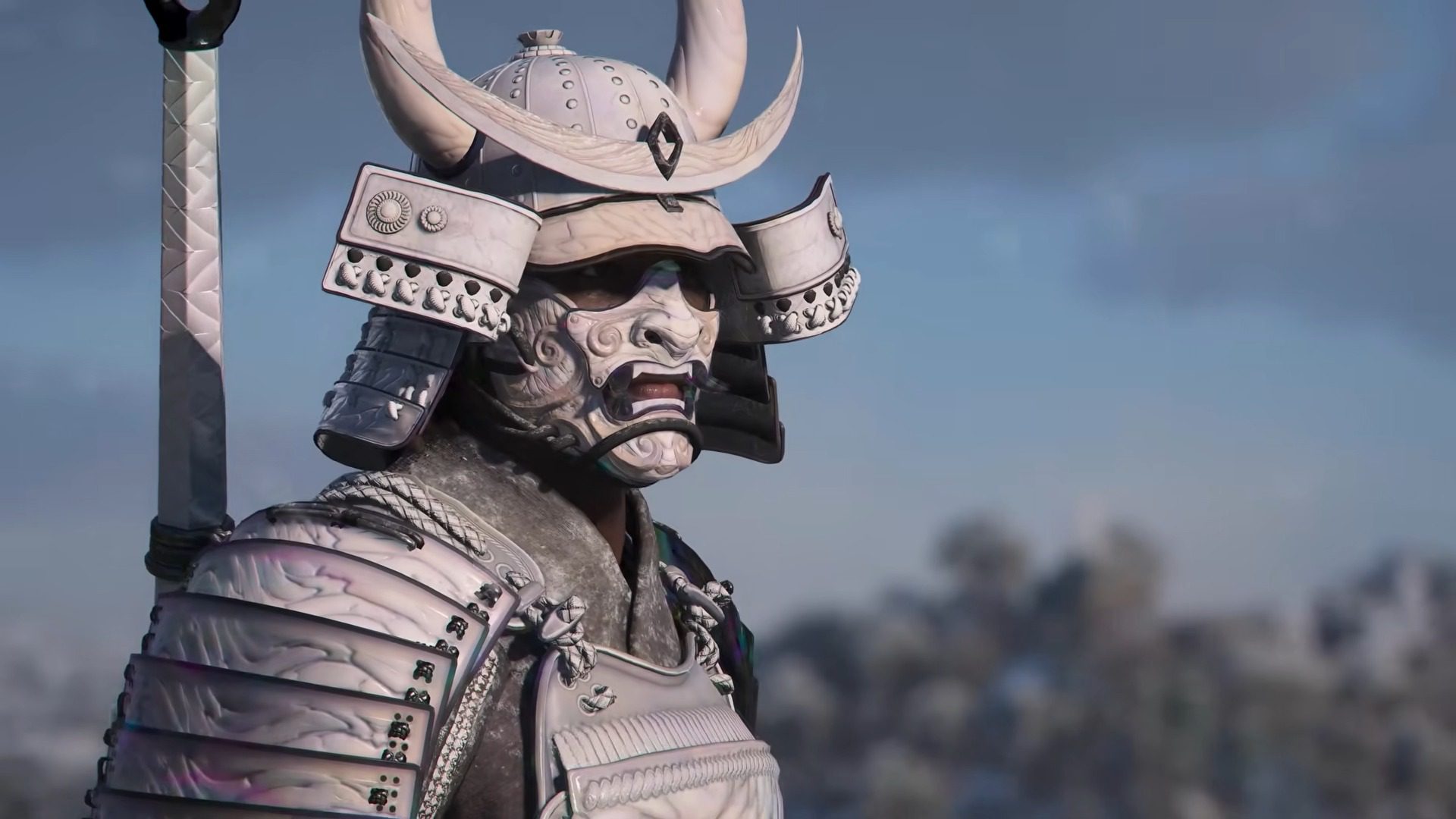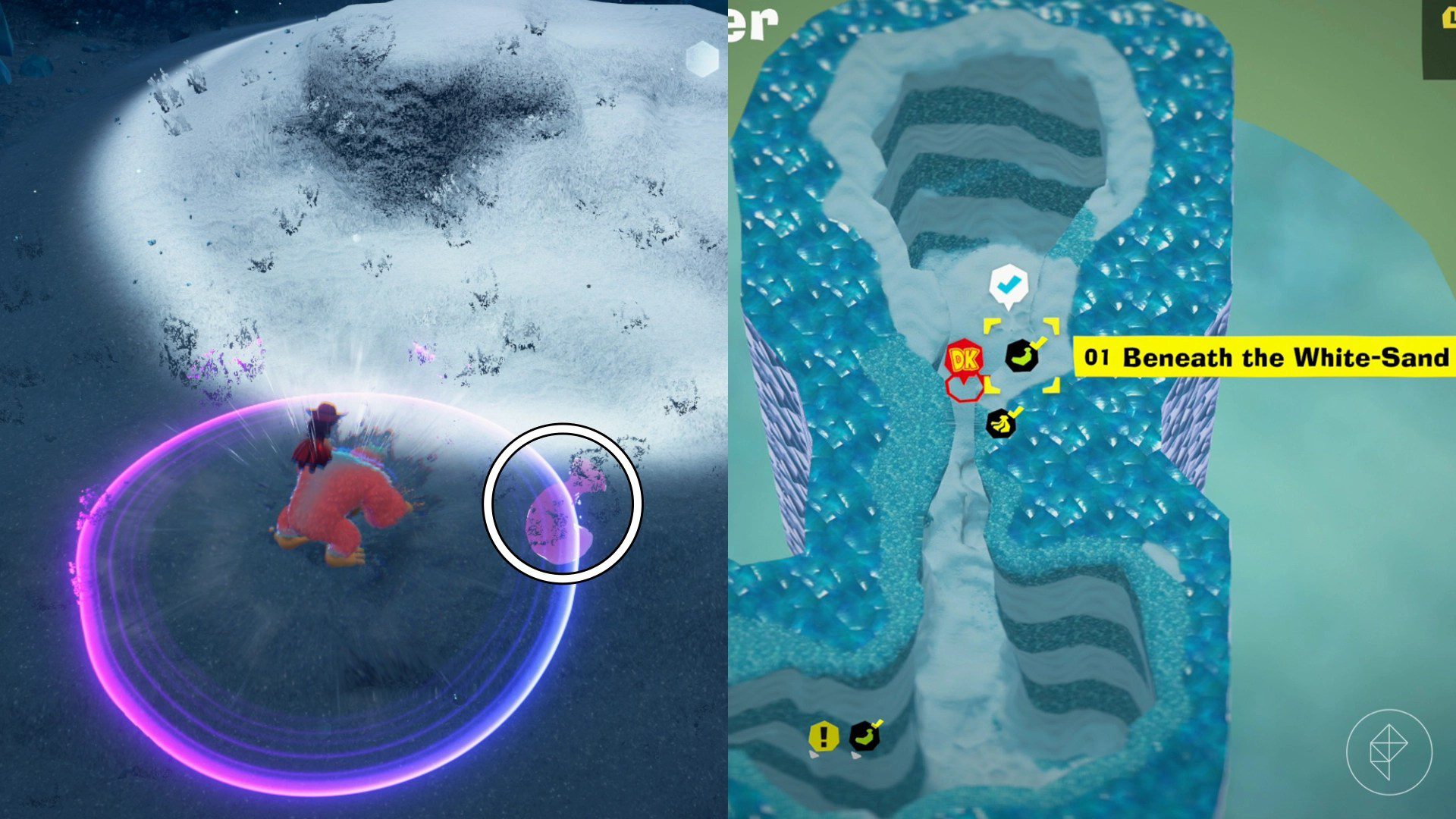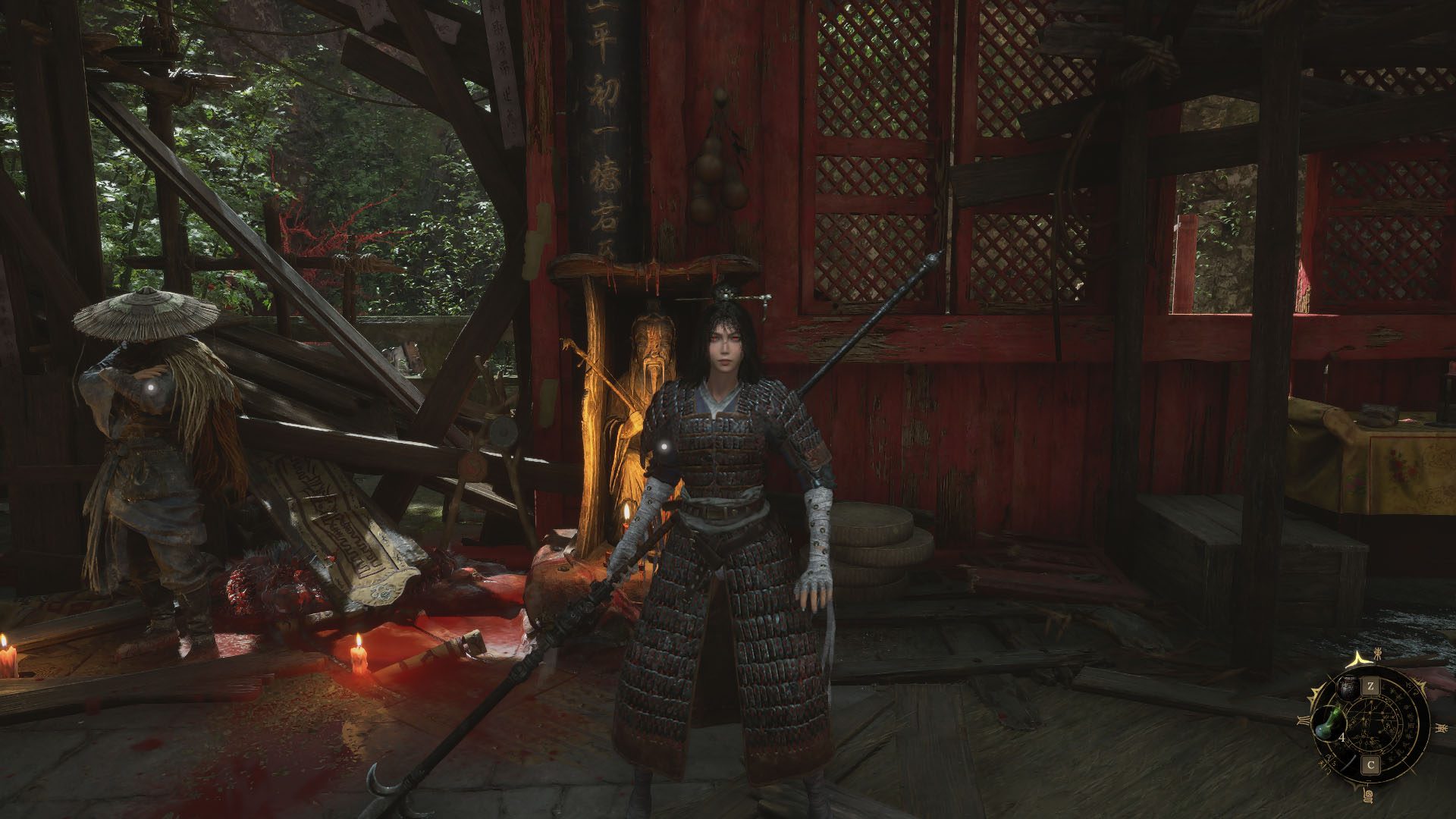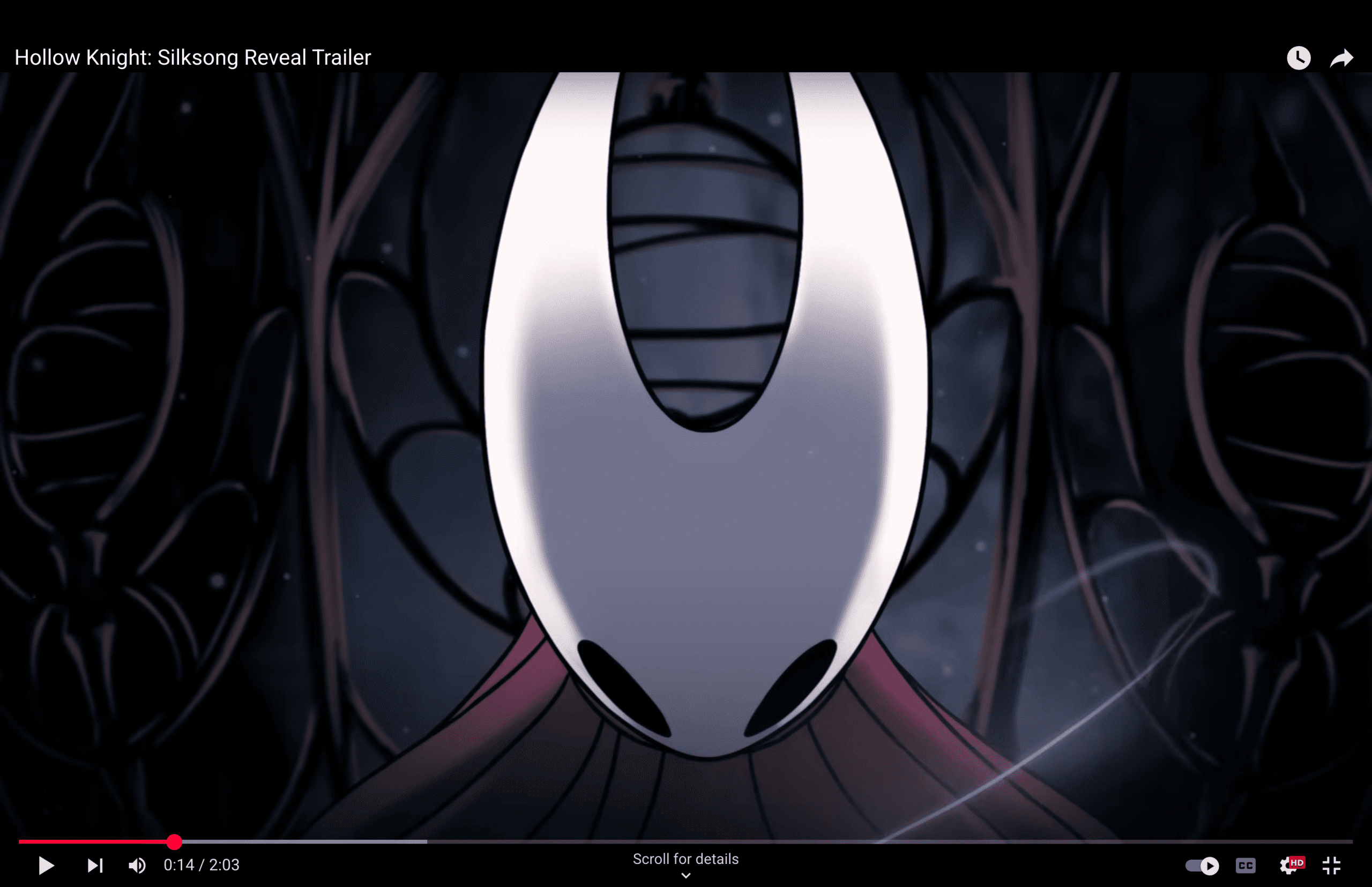Nicolas Guérin of Thunder Lotus, best known for 2020’s Spiritfarer, likes viewing things differently.
“Maybe it’s my contrarian nature, but Spiritfarer was meant to be kind of a counterpoint to what death is usually perceived as, which is gloomy, dark, terrible,” he told Polygon recently over video call. “But there is a silver lining. There is some way to talk about death with positivity.”
Guérin was the creative director for Spiritfarer, the management sim about a young woman who shepherds spirits to the afterlife. He assumes the same role for At Fate’s End, the studio’s recently revealed 2026 title. At Fate’s End will cast players as Shan, a princess who must duel her estranged siblings with both her sword and her words. The development team is taking what it learned from Spiritfarer and applying it to At Fate’s End while again challenging preconceived notions — this time, those surrounding families.
“For At Fate’s End, it’s kind of the reverse,” Guérin said, mentioning how families are “wonderful” and often portrayed that way in art and entertainment. He instead wants to explore the darker, judgemental, conflicted side of families in At Fate’s End. “I’m not there to say family is terrible, but my perception is that in general in most of art I tend to perceive that family is always seen as positive, which it is,” Guérin said.
The aristocratic nature of the family at the core of At Fate’s End will surely help spotlight the intense complexities of its dynamic. The characters belong to “a ruling class family,” which “comes with problems and duties and ambitions and aspirations that contradict one another [and] are in conflict with one another.”
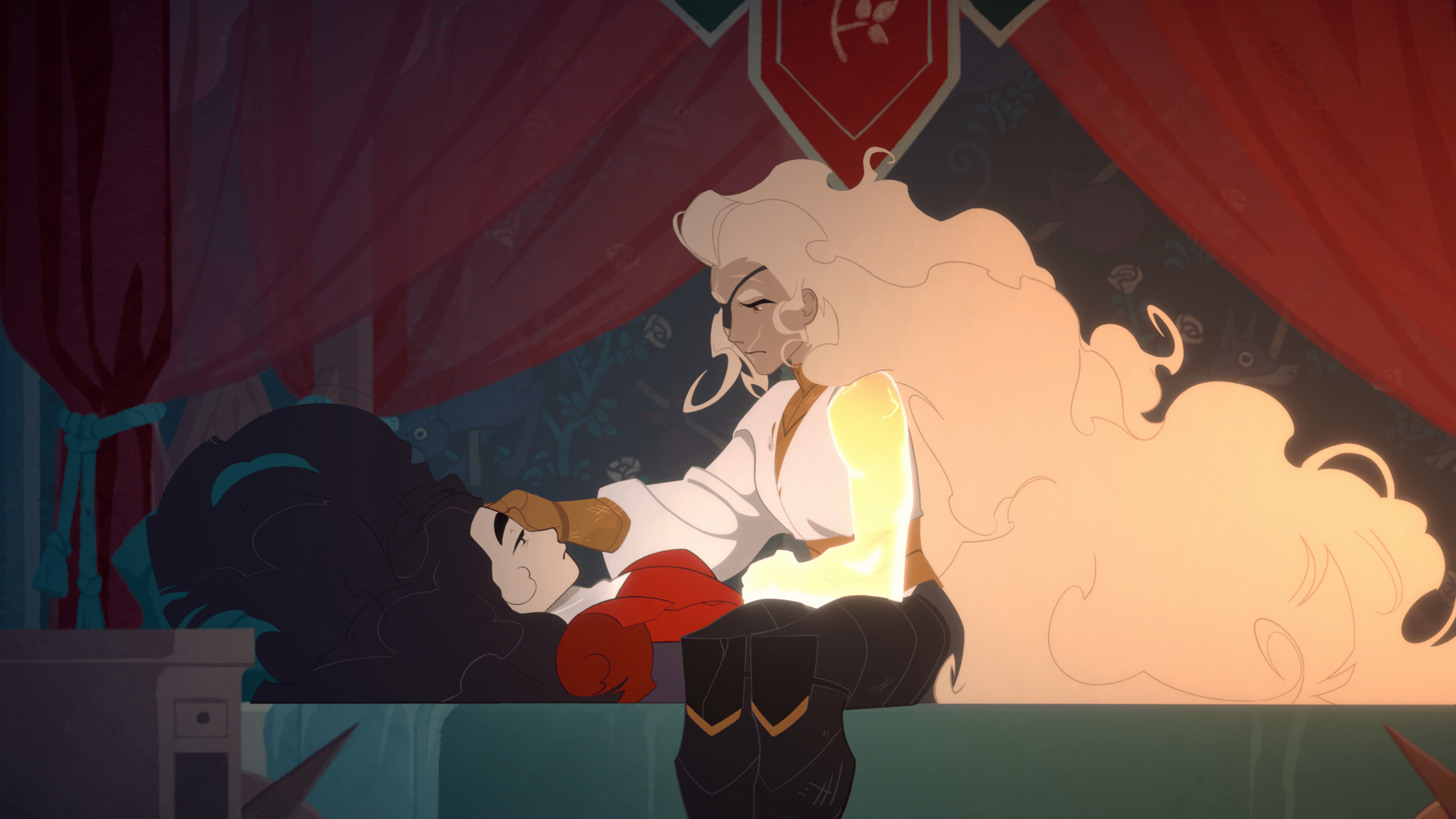
Image: Thunder Lotus Games
Guérin and his team at Thunder Lotus intend to make you “feel like these characters belong to your family” and to have you build an emotional connection with them, which was also part of the draw of Spiritfarer and its life-like characters that felt like real people. “For us, [we have] the same feeling [of] ‘that character we have on screen reminds [us] of someone we knew’ because that someone we knew is actually a part of that character!” Guérin said, explaining how the team infused personal stories from the developers with the game’s characters.
“You will also get to judge them,” Guérin said of the family central to At Fate’s End. He wants players to question themselves and wonder: “Do I actually have empathy for what that person lived or do I actually have antipathy or judgment towards the consequence of what she or he did because of her upbringing?”
The team is drawing inspiration from historical aristocratic families for At Fate’s End’s central characters. “There is no history that is more fucked up than aristocratic transitions and inheritance. It’s terrible. It’s terrible,” Guérin said. He’s originally from France, and noted the parallels between “what’s going on in the world, and specifically for us in western nations” and how nations used to handle power in the 1800s and earlier. “I’m super interested in the way the world was shaped and the nations were shaped.”
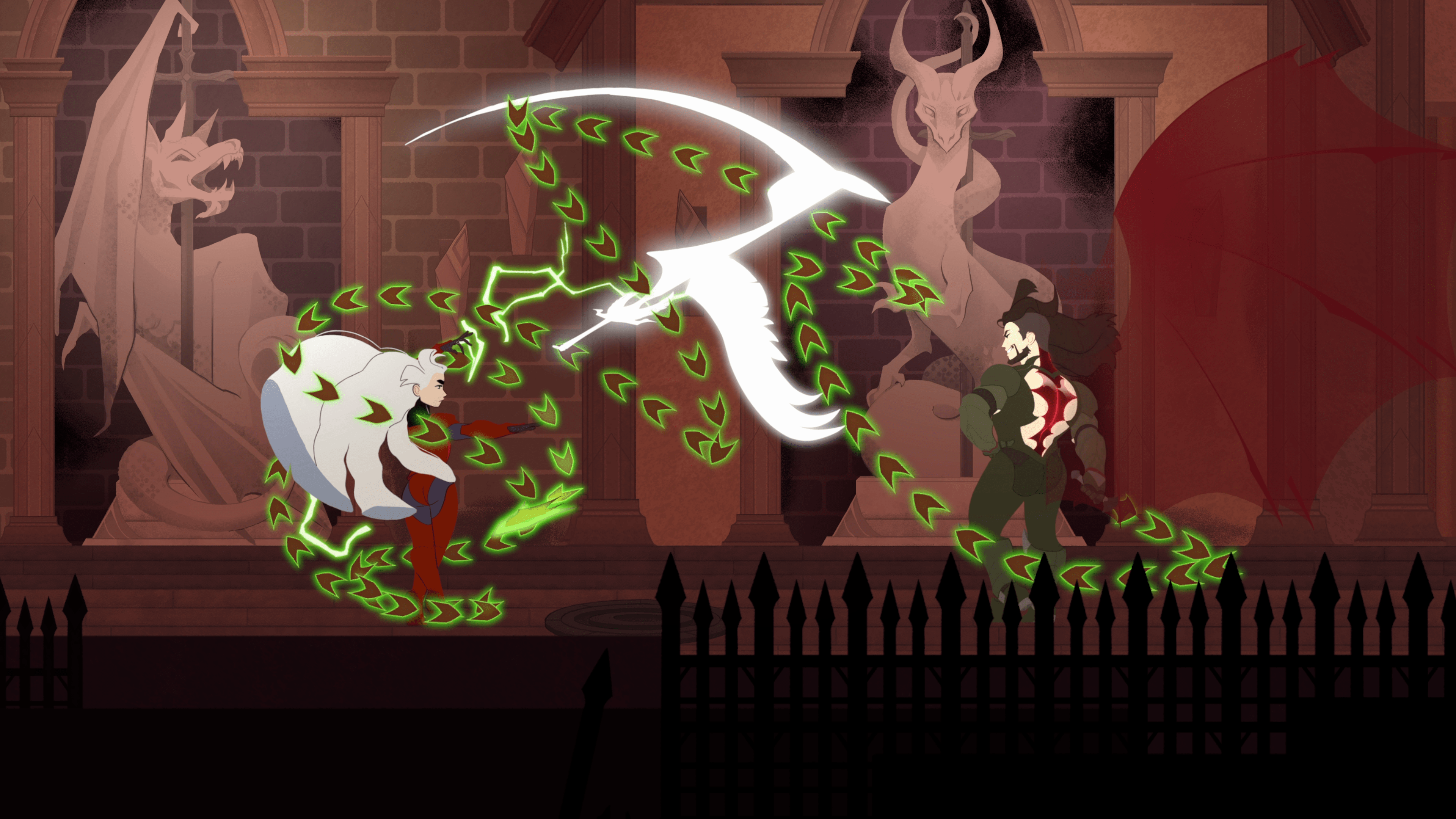
Image: Thunder Lotus Games
Like real world historical aristocratic families, drama abounds in At Fate’s End. Shan begins estranged from her family, having not seen them for a couple years. Due to events of the beginning of the game, which we won’t spoil here, Shan becomes Princess of Swords. She not only has to reconnect with her siblings — but also take their swords.
“That tradition is each generation has to have one of the siblings, who all inherited specific powers in specific swords, that one has to convince all the others basically to take back their swords from them, own them, and become the next ruler of that generation.” Quite the tall task for Shan as she has to tell her family members, whom she hasn’t seen in some time, “‘Yeah, I mean, I have to take your sword from you.’” Guérin succinctly described it as “a bit of a cruel ritual.”
When asked if any of Shan’s siblings ranked as the most fun to create, Guérin said, “I love them all, they’re all my children.” But love doesn’t prevent the creative director from being honest about them. “They’re all fucked up in a way. They all represent a failure of their own making, but […] they all have that part of them that you still like, they’re all lovable, they’re all terrible.” The game acknowledges their faults, but will also push players to “actually develop empathy for them.”
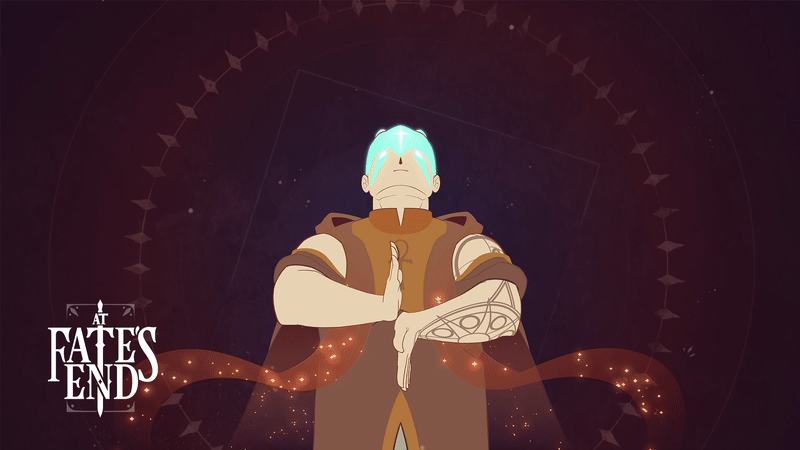
Image: Thunder Lotus Games
Their swords, just like Shan’s God Sword Aesus, will play a large role in the narrative. Thunder Lotus and Guérin are looking at Gaul and Celtic mythology to help craft these swords, which contain the power of gods and are characters in their own rights. But their power doesn’t come without a cost.
“[A] god sword’s wielder has had to make a sacrifice of a body part to host the sword. The idea is that the sword itself is kind of fused with the wielder.” Shan’s sacrifice? Her throat, “which deprived her from her voice. So basically each time Shan speaks, she mentalizes thoughts that are then expressed as a voice by the sword itself.”
As the game revolves around an aristocratic family, themes of lineage, inheritance, and freedom of choice will play large parts in At Fate’s End. Shan’s family lineage is represented in the skill tree, which Guérin noted looks like a family tree. “[At Fate’s End is] about basically continuing or questioning your legacy. […] What’s the extent of my own contribution to my lineage? Am I just me or am I the result of a very long line that happened to end up with me?” Guérin said. Lineage is tied to the swords as well. “The sword has been passing down through generations. You are the Nth knight that had this sword since the creation of it.”
The characters and swords tie into progression and gameplay as well, not just At Fate’s End’s narrative. “Making the sword progress will make you understand more of the characters” who wielded the sword before Shan. “The game is a light RPG in which you get something that will be seen as experience points that you invest into skills. But those skills are progression, like an archeology of the previous wielders of the sword,” Guérin said.

Image: Thunder Lotus Games
Destiny is also at play in At Fate’s End, and Guérin likened player choice in the narrative — “basically you have a fair amount of control” — to tarot (the medium of card reading, not the card game). “Tarot is interesting because it’s one of those traditions that will make the reader read something that is actually written in destiny,” Guérin said. “But it contradicts the idea of free will because if everything is written in advance, why bother?”
He discussed how the positions of different drawn cards have different meanings in tarot, like “death upright means change, but death reverse means no change.” This is where player choice comes into play, with Guérin saying, “you will encounter many [kinds of] tarot through the course of the game” and that Shan’s sword interprets the world through tarot, meaning you’ll be able to reverse cards and have some control over fate.
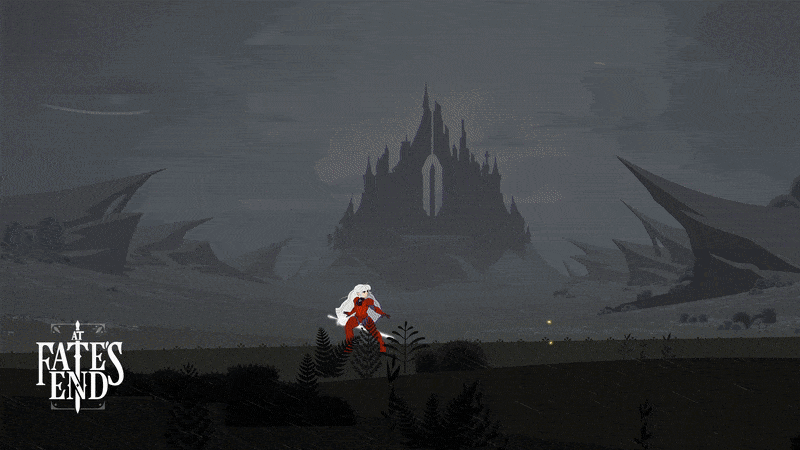
Image: Thunder Lotus Games
Her cool sword won’t be just for tarot and player choice, though. At Fate’s End is very much an action game, something the studio is intimately familiar with. Though Thunder Lotus rose to prominence with Spiritfarer, its other games — Jotun, Sundered, and 33 Immortals, which another team is currently working on — all have combat as core parts of their experiences, and At Fate’s End will be no different.
Guérin cited his love for animation and the beautiful work of the art team as reasons for injecting action into At Fate’s End. “When you play as a character, the first reflex that you have as a designer, I say, ‘Oh, I want to have that little avatar there to do so many things because [controlling the character is] so pleasant, it’s so nice,’” Guérin said. “The beauty of the animation, how it flows, how it feels — it’s really the moment of pure wonder that it’s almost like a visceral reflex and a visceral gut feeling. I really want to have the character move on screen. So it tends to make us have basically a platformer or action-oriented gameplay.”
Those on-screen movements will have to wait a bit, however, as At Fate’s End isn’t due out until sometime in 2026. It’s been announced for PlayStation 5, Windows PC, and Xbox Series X, and the team would “love to make” At Fate’s End for Nintendo Switch 2 once it can get its hands on a devkit. (OG Switch owners shouldn’t hold out hope, though — “We probably won’t be able to have the game running on [Nintendo] Switch as it is,” Guérin said.)
When At Fate’s End does arrive, expect the game to emotionally challenge you, just as Spiritfarer did. It’ll be full of siblings that you’ll judge just like you do your own flesh and blood, except this time you’ll also be wielding a God Sword in battle.

